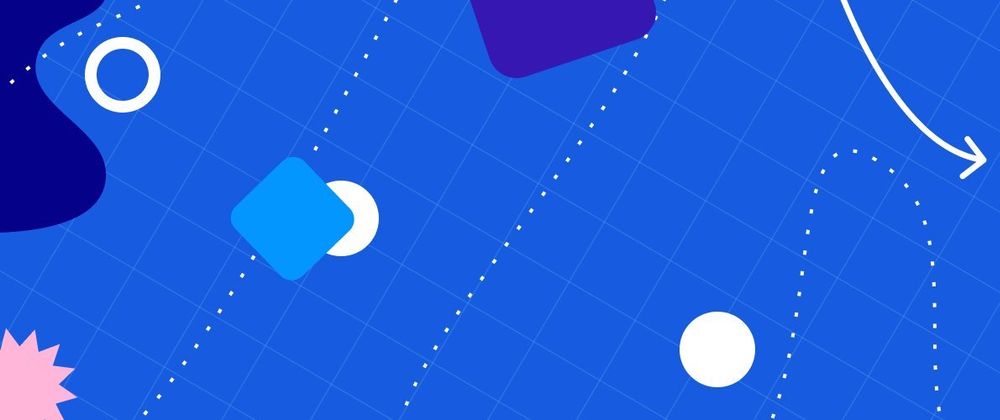Traditionally, blogs and educational content in the design industry has been openly accessible for anyone on the web to learn from, no matter their background. With the cost of design education inaccessible to many, an Open Web has enabled a thriving self-taught generation of designers and developers. Throughout 2016 to today though, there's been a rise in centralised publishing platforms that optimise for paywalled business models and prioritise English language and Western culture, thereby restricting access to free learning and limiting its availability around the world.
Writers are attracted to publish on gated platforms as they benefit from effective SEO and excellent distribution networks, thereby gaining great exposure. Driven by profit, such platforms encourage writers to put their work behind a paywall by offering bonus payments, affiliate schemes, and sometimes employing dark design patterns. The SEO of paywalled content often outperforms smaller independent blogs, resulting in free articles becoming more scarce.

Below, I'm outlining the rise in gated articles in design, and how I feel staying neutral as publication owner on paywalled platforms indadvertedly supports a paywalled web.
Gated platforms and ‘opt-out’ paywalls
For Web Design, a huge amount of popular articles over the last 4 or 5 years have been published on Medium. In an industry with knowledge sharing at its core, this was a perfect fit. Then, question marks arose with the introduction of the paywall – it was great for writers, as we could now earn money for our work, but it limited access to educational material.
To address these concerns, Medium made the paywall opt-out. It’s up to the writer. Medium serves a wide range of industries, spanning way beyond web design, so changing their platform to suit a subsection of its entire audience may not make sense to them – not everyone can be pleased.
I found readers and contributors of my publication on Medium were divided on this gated model, leaning towards a negative feeling:
- There is a larger negative sentiment for paywalls than positive:
- The main reason we share is to find opportunities and give back:
- People value reach more than money (even when using a paywall!):
It’s up to the writer, not us
Leaving it up to the writer removes a large responsibility for affiliated publication owners – it's almost a get-out clause in my opinion. It's both easier and much more beneficial to the publication owner to stay neutral and 'leave it up to the writer'. Publications that partner with Medium benefit financially from the paywall, and just as much from Medium's support.
At the same time as the paywall being optional, the activity of the platform is increasingly geared towards pushing the paywall model. For example, the latest affiliate scheme targets writers, enabling them to earn commission on referring new paid Medium members.

Open Web Custodians in Design
Medium is just an example I have experienced – the same model can be applied by any platform. So if it wasn't ever before, by staying neutral and sitting on the fence with gated platforms in our industry, it increasingly shows support for models that gate the web. It's great for people to earn from their writing, but I believe there must be more open and inclusive ways to do so.
Thanks for reading. I run a design publication on Medium and have been struggling with this. I think Web3 looks like a viable long-term solution, but we need to start now - I wondered if anyone had any thoughts or advice?






Top comments (6)
Hi Graeme! I'm from the Brick House Cooperative; we're new grantees at GftW. We have a journalist-owned cooperative, and are exploring Web Monetization in connection with digital ownership rights. We are particularly interested in supporting digital ownership rights for libraries, q.v. our recent crowdfunding effort here for details.
Would be most interested in your advice and in comparing notes in general.
Hi Maria @mariabustillos, I've just been learning about your project with Brick House Cooperative, and glad you shared it as I wasn't aware of ownership issues with ebooks.
Initially I thought it was about rental services like Prime Reading, but was surprised it applies to ebooks we purchase too (after reading here):
I'm still learning about the issue, but it fits in really well with what we're covering on Prototypr, so I'll cover it in one of the future newsletters! Content ownership is something I'll be looking a lot more into in the mid/latter stages of our GFtW project, so look forward to sharing learnings with you!
I have unlimited time and energy for digital ownership!!!
Thanks Graeme!!! Looking forward to connecting on these issues.
@graeme see @mariabustillos above.
thanks Chris!
Hey Graeme. I only just saw this post. Thanks for writing.
It feels to me like this is so much part of a much wider conversation around social values, sustainability, consumerism and capitalism in general! It's good to know that reach and impact are more important than money to your readers.
Something like Coil, which is essentially content agnostic (although...hmm...potential future problems there!) seems a potential part of the web3 solution - where those that can afford it, pay, while others can still access the same material for free.
Look forward to chatting more next week :)